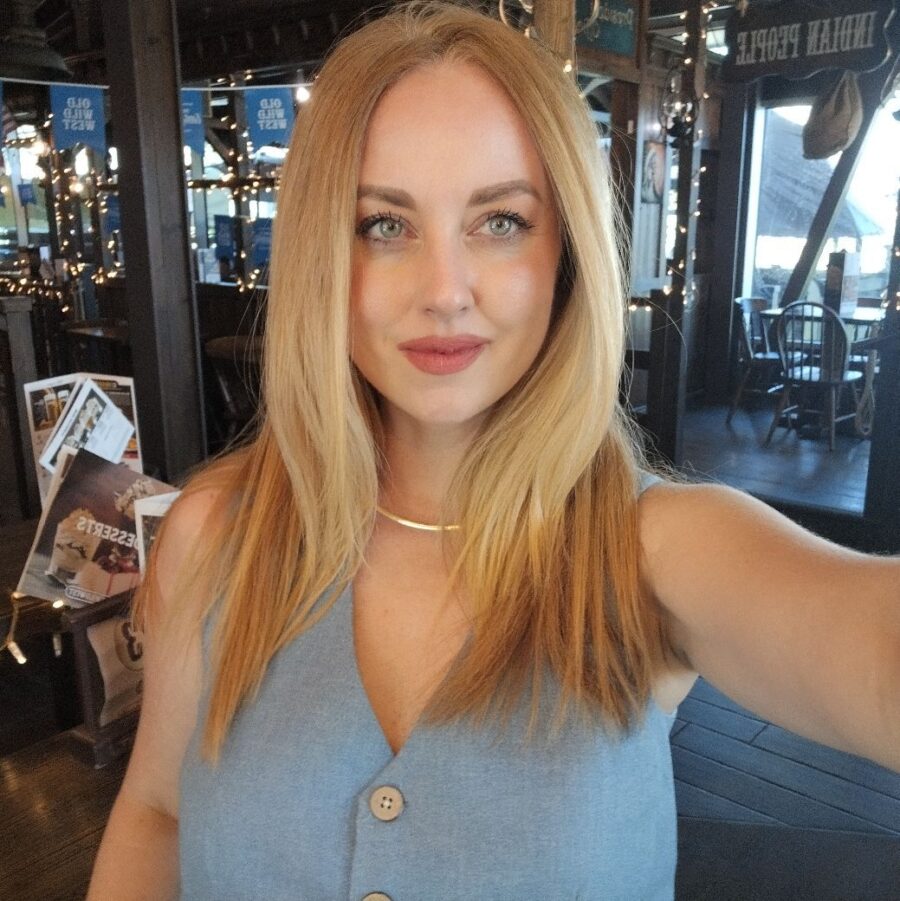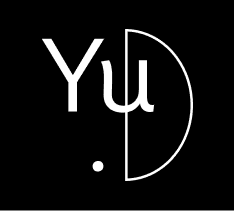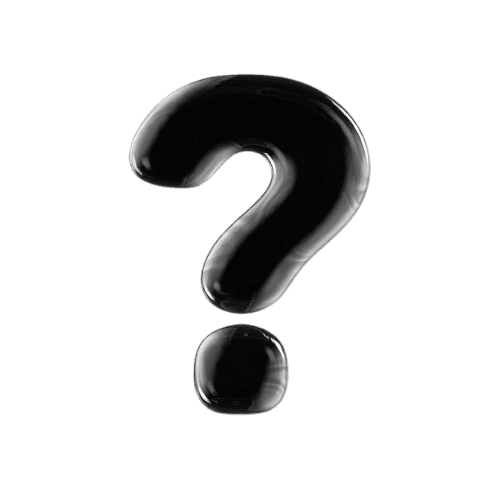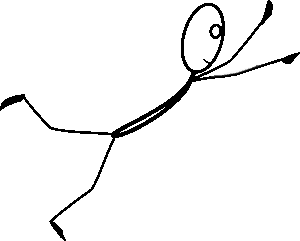-
50 Views
Share:

Yuliya Pivnyak
Choosing the right kind of website is not about how many pages you need — it’s about what your brand really wants to achieve online.
Do you need visibility, authority, or sales?
Each goal requires a different structure, UX logic, and content strategy.
Let’s look at the main website types and how to pick the one that actually works for your business.
Explore how I design websites with strategy and narrative logic
One Page Website: focus and storytelling
A one-page website is ideal when you want to tell a short, linear story.
It guides visitors through a single narrative path — perfect for events, personal brands, and freelancers.
Minimal, fast, mobile-first, and impactful when designed with clear visual rhythm and CTAs.
Best for: freelancers, startups, or local events.
Goal: visibility and engagement.
Curious about the difference between One Page and Landing Page?
One Page vs Landing Page — what’s the difference and when to use each
Showcase Website: structure and image
A showcase website (3–6 pages) is the standard for professionals and small businesses.
It gives space to your services, about section, portfolio, and contact page — keeping everything consistent with your brand identity.
When designed strategically, it builds credibility and supports organic growth.
Best for: small businesses, agencies, and consultants.
Goal: trust and authority.
See real One Page examples in my Portfolio
Business or Corporate Website: content and reputation
A business or corporate site goes beyond simple presentation.
It’s a real platform for reputation and communication — with news, blog, team profiles, and structured content architecture.
Here, design and UX must translate complex information into a clear, intuitive experience.
Best for: structured companies, institutions, B2B and service brands.
Goal: reputation and conversion.
Plan your corporate website with a clear UX strategy
E-commerce Website: conversion and scalability
An e-commerce platform requires more than product listings.
It’s a system that combines UX, SEO, and storytelling to turn visitors into customers.
A solid design defines how your products are perceived, how fast users reach checkout, and how loyal they become over time.
Best for: lifestyle brands, retail, and professional shops.
Goal: sales and loyalty.
Before you decide, define your priorities:
-
What’s your main business goal (visibility, leads, sales, or authority)?
- How much content do you have, and how often will you update it?
-
Do you need a fast launch or a scalable system for the future?
A clear UX strategy and brand positioning will tell you more than any price list or template ever could.
Need help choosing the right structure? Get a tailored website plan
Final insight
A website is not just a digital card — it’s your reputation platform.
Choosing the right type from the start saves time, money, and frustration.
If you’re unsure, get a professional analysis: I can help you define the right structure and build a website that actually performs.









